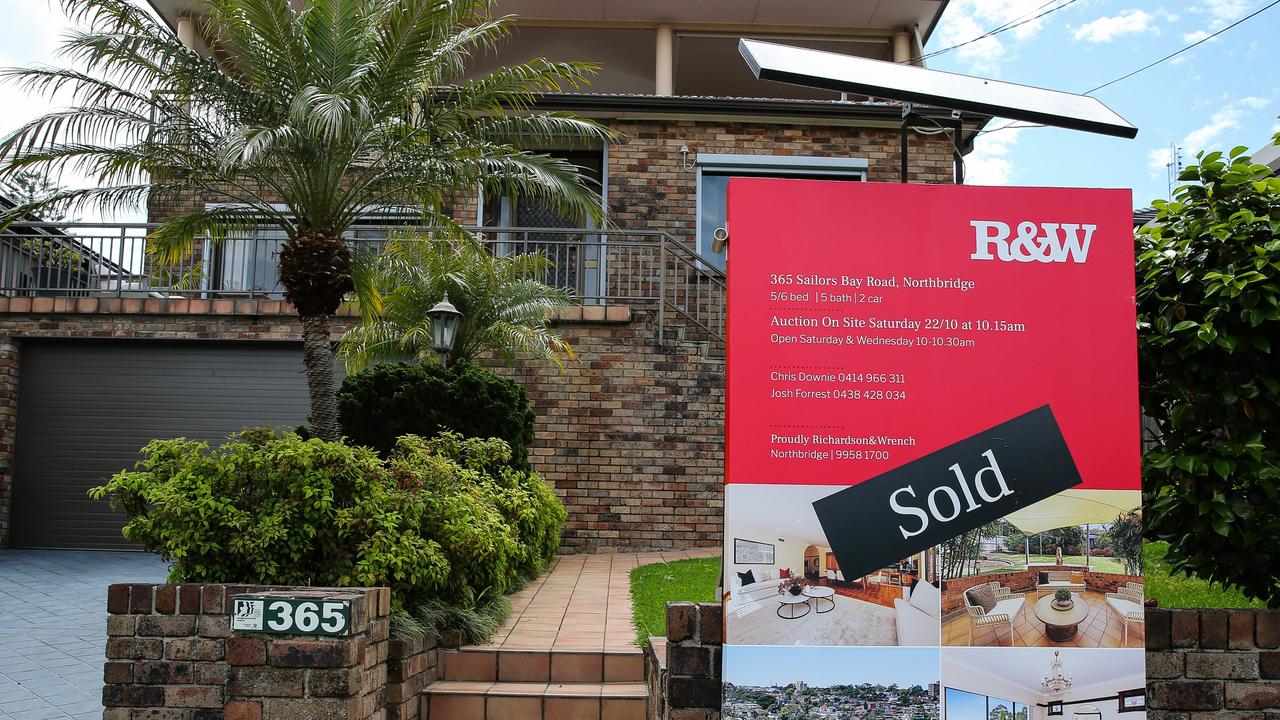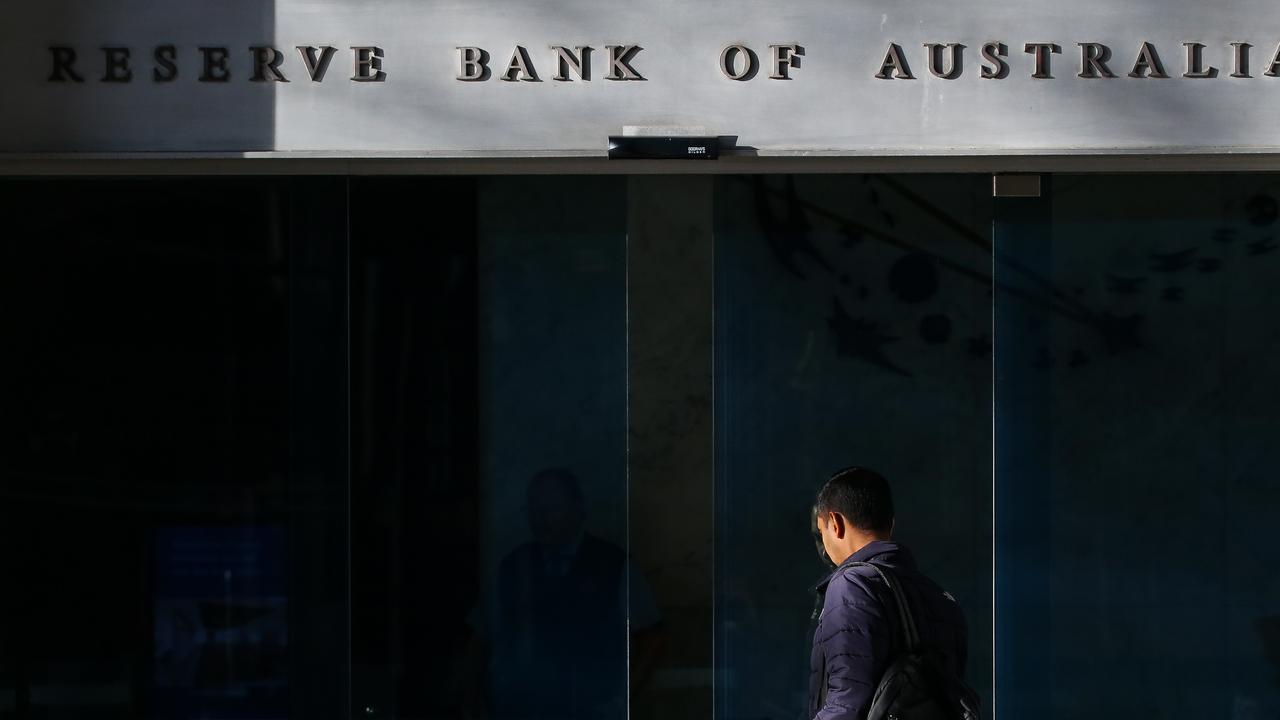RBA pauses interest rate rise for April, cash rate to stay the same
Homeowners can rejoice as they have been given a brief reprieve after the central bank paused interest rates for the first time in nearly a year.

The Reserve Bank of Australia (RBA) has decided to pause interest rates at 3.6 per cent.
On Tuesday at 2.30pm, the RBA revealed that interest rates would remain the same for the time being.
Homeowners have been given a brief reprieve following 10 months of consecutive interest rate rises since May last year, increasing variable repayments on homes by tens of thousands of dollars.
Even with the pause, it’s the fastest tightening cycle in Australia on record, with an increase of 350 basis points delivered in less than a year.
The RBA’s aggressive strategy has brought down inflation rates, according to an ABS report released two weeks ago, explaining the pause.
In March, the ABS released a report for the previous month which found that inflation had been somewhat reduced.
The current inflation figure is 6.8 per cent for the 12 months to February, down considerably since January’s stark 7.4 per cent rate of inflation.
Speaking to the decision in a statement, RBA Governor Philip Lowe said they had decided to keep the rate “unchanged” because they recognised a “lag” effect with the economy playing catchup to the central bank’s policies.
“The Board recognises that monetary policy operates with a lag and that the full effect of this substantial increase in interest rates is yet to be felt,” he wrote.
“The Board took the decision to hold interest rates steady this month to provide additional time to assess the impact of the increase in interest rates to date and the economic outlook.”
Mr Lowe also acknowledged the banking crisis unfolding overseas, which has seen three US banks collapse and a Swiss bank be absorbed by a competitor.
Despite this, however, he emphasised that Australia’s banking system is strong.
“The recent banking system problems in the United States and Switzerland have resulted in volatility in financial markets and a reassessment of the outlook for global interest rates,” he explained.
“These problems are also expected to lead to tighter financial conditions, which would be an additional headwind for the global economy.
“The Australian banking system is strong, well capitalised and highly liquid. It is well placed to provide the credit that the economy needs.”
Experts and economists had been divided over the Tuesday afternoon decision, with some wrongly tipping a 25 basis point increase.

It’s welcome news for homeowners after being pummelled by rate rises, with the cash rate being the only way for Australia’s central bank to try to curb inflation.
The Commonwealth Bank of Australia and Westpac both forecast the pause, while NAB and ANZ thought a rise was more likely.
AMP’s chief economist Shane Oliver also predicted Tuesday’s pause, writing on Monday “The bigger than expected fall in the February CPI Indicator provides more evidence inflation has peaked and is now slowing”.
He said the aggressive tightening cycle had reduced retail sales and had also made business conditions harder. The global banking turmoil also made it necessary to pause rate rises to prevent further hardship, he wrote.

James Algar, from Mortgage Choice, warned that a pause should not be celebrated too hard.
“The pause will feel like a cut in terms of sentiment in the market, which is dangerous,” he told news.com.au.
Eleanor Creagh, PropTrack Senior Economist, said the decision to keep the rate “steady” made sense.
“With the Reserve Bank operating under the ‘policy of least regret’ and given that the full effect of the higher interest rates is yet to be felt, the RBA has paused to allow more time to better assess how economic conditions unfold,” she said.
“There’s also evidence that the substantial tightening already pushed through is weighing on households.
“Further, it takes time for higher interest rates to fully impact household cash flows.
“It … is expected that consumer spending will slow sharply as the full impact of higher interest rates catches up.”




